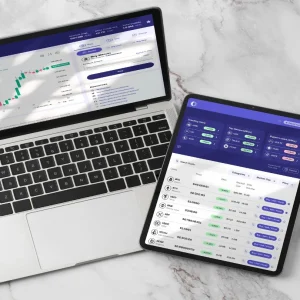
The India Post Payments Bank (IPPB) will be a public limited company under the Department of Posts, with 100% government equity.
The bank will have a corpus of Rs8bn, with Rs4bn as equity and the remaining half of the amount as grant.
The government said in a statement : "The IPPB will obtain banking licence from the Reserve Bank of India (RBI) by March 2017 and by September 2017, its services will be available across the country through 650 payments bank branches, linked post offices and alternative channels riding on modern technology including mobiles, ATMs, PoS/ m-PoS devices etc and simple digital payments."
In September, RBI gave its "in-principle approval" for the department of posts to set up payments bank.
The statement said: "All citizens, especially 40% of the country’s population that is outside the ambit of formal banking in the country will benefit from this project. The project will be rolled out in the entire country in a phased manner."
The payments bank will help in increasing financial inclusion by offering basic banking, payments and remittance services and facilitate financial services like insurance, mutual funds, and pensions.
It will also provide access to credit in tie-up with third party financial providers with special focus on rural areas and the unbanked and under-banked segments.
Union Communications and IT Minister Ravi Shankar Prasad was quoted by NDTV as saying: "By March next year we will launch payments bank of the postal department. It’s going to be a game changer.
"There are 1.54 lakh post officers. And our network will be the largest in the world. Even bigger than State Bank of India,"
Currently, India Post offers core banking services at more than 22,000 branches in the country. The department plans to install 5,000 ATMs across the country, as part of its payments bank services.
Image: Gobichettipalayam East Post office. Photo courtesy of Magentic Manifestations/Wikipedia.






